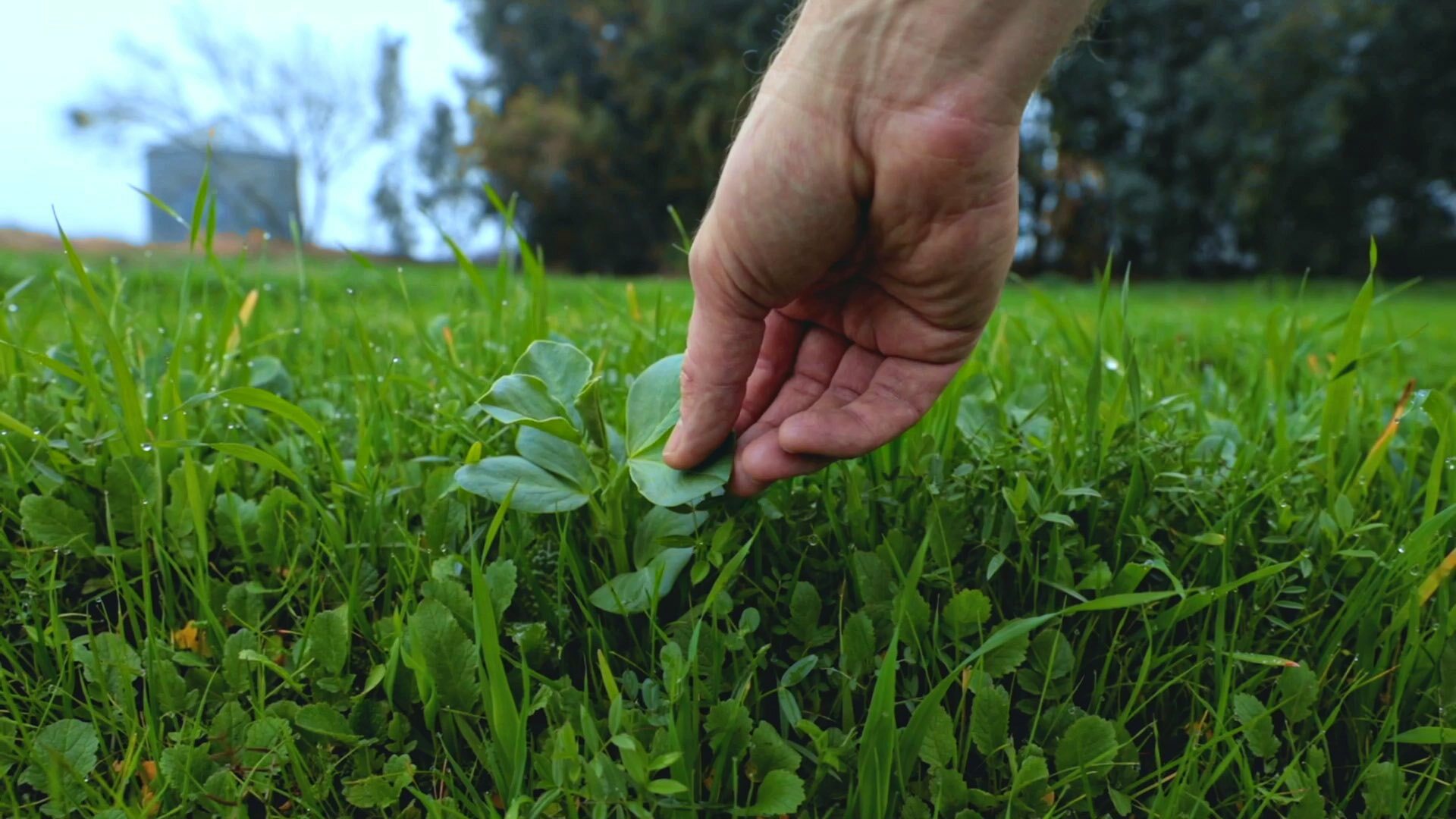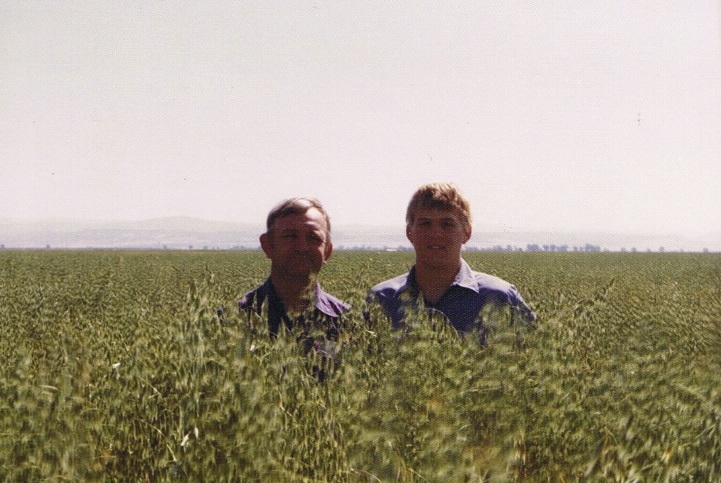
It can take nature up to 1,000 years to generate one inch of topsoil, which is responsible for 95 percent of all food produced for human consumption. It takes humans no time at all to destroy topsoil with chemical-heavy, industrial farming practices. In 2014, soil scientists estimated that a third of the world’s topsoil already had been lost and that it could be completely gone by 2075. So, it’s time to talk dirty.
As Bill Gates recently wrote, "We should discuss soil as much as we talk about coal."

Around here, we’re more likely to reference founder Albert Lundberg’s motto, "Leave the land better than you found it." Lundberg Family Farms was founded on this promise more than 80 years ago after Albert, Frances, and their four sons endured the Dust Bowl, a merciless lesson about what happens when over-plowing and drought combine.
When Albert and his family moved to California in 1937, he decided to do things differently by working in partnership with nature. Since then, we’ve learned to treat the land like a member of the family by using organic rice farming practices to tend to soil, air, water and wildlife as carefully our crops. After all, the soil doesn’t have to be mined to be productive. In fact, the opposite is true!
"A field that has rested gives a beautiful crop." -Ovid
For millennia, farmers have known that fields must be left fallow every so often in order to remain productive. This is a practice we abide by at Lundberg Family Farms by fallowing in three ways:
Each winter, we let a portion of our fields rest with nothing growing on them.- We flood another portion of our fields to provide habitat for wintering waterfowl, whose feet press nutrient-rich rice straw into the soil. This helps decompose the straw and turns it into mulch for the next year’s crop.
- On yet another portion of our fields, we plant cover crops—like oats, vetch, and fava beans—to restore nutrients to the soil.
If you ask us, cover crops are a win-win-win-win-win (count ‘em—five wins!) of working in partnership with nature. Simply put, cover crops are crops we grow for the soil instead of the table. However, there’s nothing simple about the many ways cover crops benefit the soil and surrounding environment.
Cover crops:
- Sequester carbon
- Restore nutrients to the soil
- Reduce weeds
- Provide habitat for wildlife
- Prevent erosion
At Lundberg Family Farms, we plant cover crops during the winter so photosynthesis can occur year-round, bringing carbon out of the air and putting it into the soil. This organic matter creates a better home for microbes, which naturally make nitrogen, an essential part of the soil’s well-balanced diet. Cover crops also crowd out and inhibit weeds from taking root in our fields, which pays dividends when it’s time to grow short grain brown rice, arborio rice, jasmine rice, red rice, basmati rice, wild rice, or any other variety of organic rice.
As our friends at Rodale Institute put it, “Conventional farmers rely on synthetic fertilizers and chemical herbicides to return nutrients to their soils and fight weeds.”
But who needs chemicals when you have cover crops to deliver the equivalent of an organic green juice to the soil?

Harlan and Bryce Lundberg, father and son, stand in a field of cover crops circa the 1980s.
“At Lundberg Family Farms, we’ve been growing cover crops for generations so we can keep growing together for generations to come.” –Bryce Lundberg, VP of Agriculture, Lundberg Family Farms and third-generation organic rice farmer
Cover crops also provide valuable habitat for wintering waterfowl as they travel the Pacific Flyway. Ducks find cover in the leafy greens of oats, vetch, and fava beans and often build their nests in and around our fields. Come spring, before we start our tractors to turn the cover crops into the soil and prep the fields for rice planting, we work with organizations like the California Waterfowl Association to search for duck nests. With their help, we rescue eggs from the nests in our fields and transfer them to a local hatchery to be incubated, hatched, raised, and released back into the wild.
Since 1993, more than 30,000 ducklings have been rescued from our fields!
Once duck eggs have been rescued from our fields, we turn the cover crops and all their nutrients into the soil. This further helps us manage weeds by creating what our friends at Rodale Institute call “a weed-suppressing mulch.”
Finally—and crucially—cover crops help reduce erosion by slowing the runoff from rainfall and snowmelt. In other words, cover crops help anchor the all-important topsoil that is responsible for 95 percent of all food produced for human consumption. The topsoil that nature generates at a rate of up to 1,000 years per inch. The topsoil that is being destroyed by chemical-heavy, industrial farming practices. And the topsoil that was blown away by the Dust Bowl, which inspired Albert Lundberg’s motto: “Leave the land better than you found it.”


Meet and Greet and Eat at
Lundberg Social Media Links